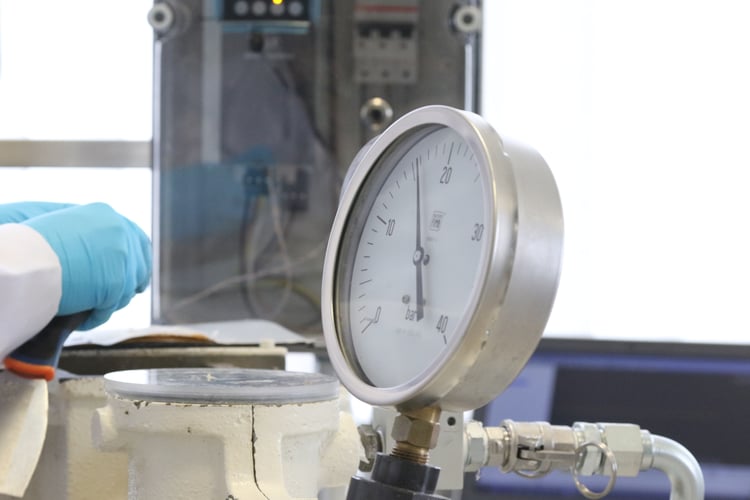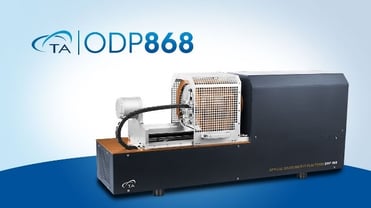
Ceramic tiles may present some issues during their manufacturing process. Most of them do not have an origin in the process itself, but in the raw materials used in the production line. A proper control in the raw materials and in the process will minimize the potential risks of producing second class materials.
LABORATORY CONTROLS ON INCOMING materials
There are a few raw materials used in the manufacturing process of ceramic tiles, including clays, feldspars, quartz and kaolins. After making a proper selection of the different lots and raw materials, laboratory will control them by preparing a set of trials, targeting different production parameters:
- Loss on ignition - lab furnace

- Shrinkage upon firing - optical dilatometer

- Water absortion
- Color of fired samples - spectophotometer

Of course, a set of standards must be prepared for every raw material used in the process, helping to keep constant and reliable sourcing for the factory.
In the case of pigments, tests are as well based on the use of standards, which are doped with 1-3% pigment addition, depending on its intensity, and processed to be controlled, typically by colorimetry, in a standardized procedure. A spectrophotometer as shown before could be used for such purpose.
The use of high-quality raw materials ensures an easy controlling process for the lab. In some cases, the use of additives may help to improve and stabilizing some of the parameters in the production process.PRODUCTION PROCESS
Many tests can be prepared, and many raw materials checked before its full introduction into the production process.
The easiest way is to check the separate processes that may take place in the plant:
- GRINDING: small jar mills are useful to control the behavior of the different raw materials, once they are put all together in the formula. Viscosity is one of the main parameters to be controlled, as well as the density. They define slurry behavior in the latter stages of the process.
- Sieves will confirm that the grinding process has been completed in an appropriate way, not leading to a potential issue-generator slurry.
- SPRAY DRYING: the main parameter, apart from granulometry, is the humidity in the granules after being dried. This parameter will be key to get a formulation that could be properly pressed in the pressing stage.
- PRESSING: this is one of the key stages in the process. Density after pressing will define how the tile will behave in firing, so it is a crucial parameter to be controlled. Many ways to do it, but state-of-the-art is to use a sensitive paper (http://www.qualicer.org/recopilatorio/ponencias/pdfs/2010150.pdf), way safer than mercury-immersion that has been used in the past. Also, some other technical procedures, like X-ray absorption (https://www.macer.es/portfolio/densexplorer/)
- DRYING: this is a critical stage, as a high moisture tile may explode in the entrance of the firing stage. Moisture must be checked after dryer and it should not be higher than 0.6%.
- FIRING: in this stage, major ceramic reactions will take place, leading to the final tile appearance. Many tests can be performed here: stainability, planarity, MOR, abrasion resistance…
All the mentioned tests are not strictly required, but highly recommended when working in a standard tile process. The more controls are implemented, the safer the process will be.
We could say that using high quality raw materials ensures a good product quality and a good yield, though sometimes it’s better to use some additives to enhance some raw materials’ properties and to be sure about its final performance.





